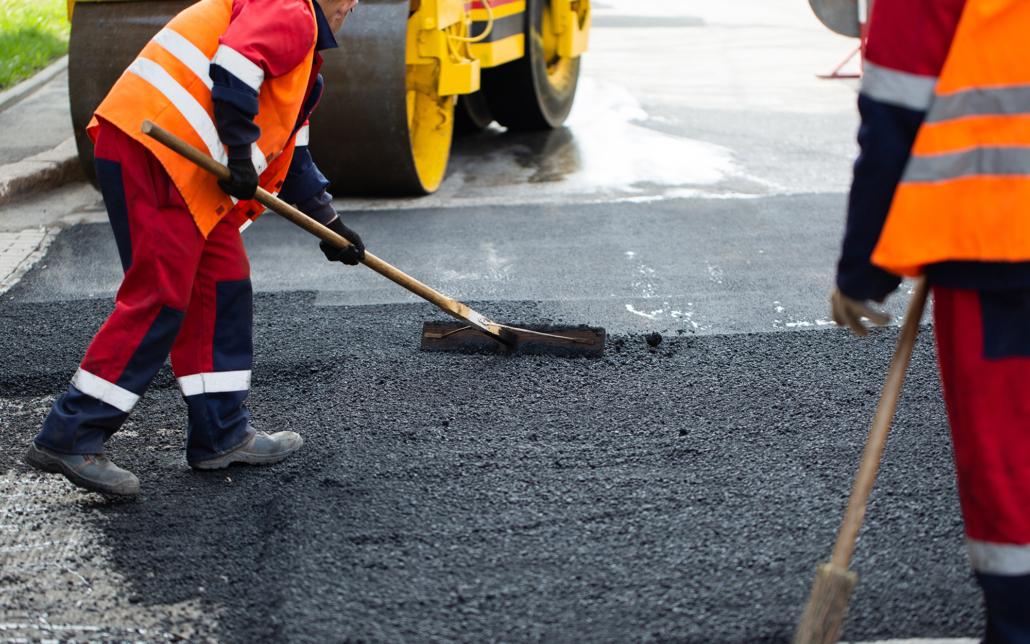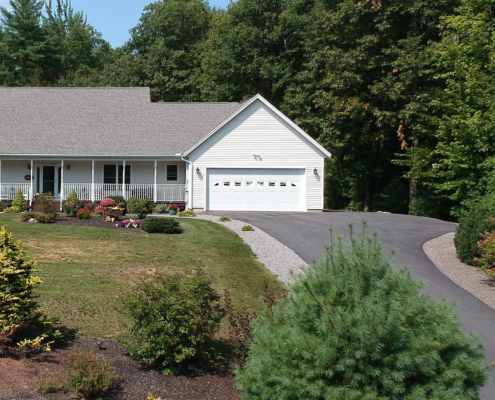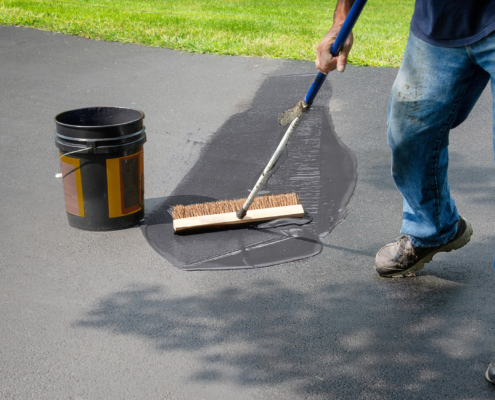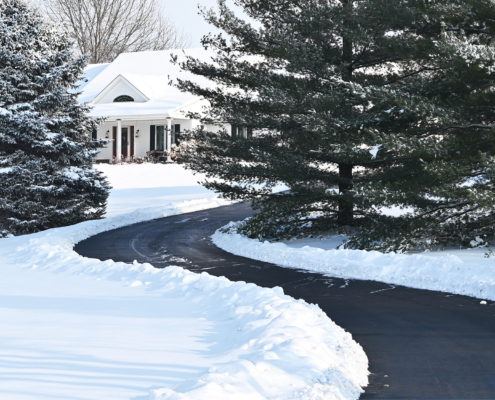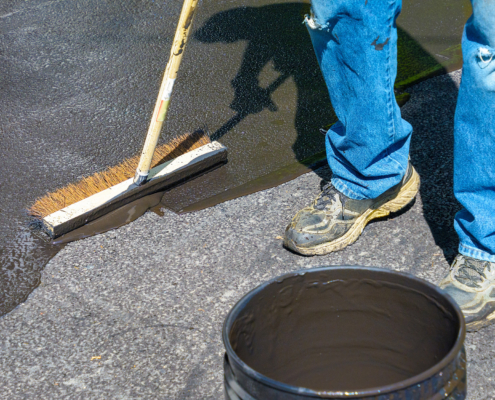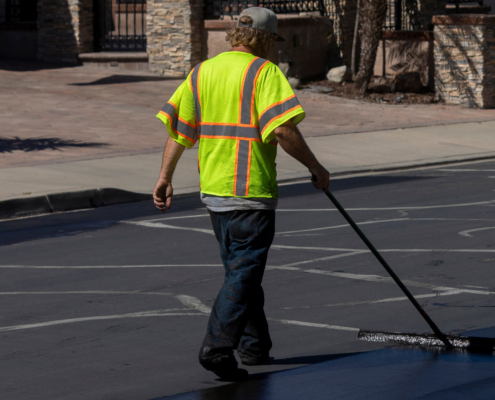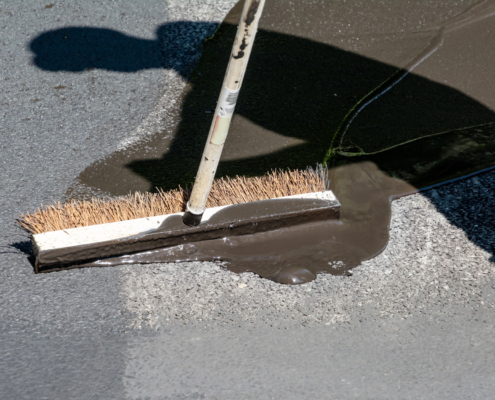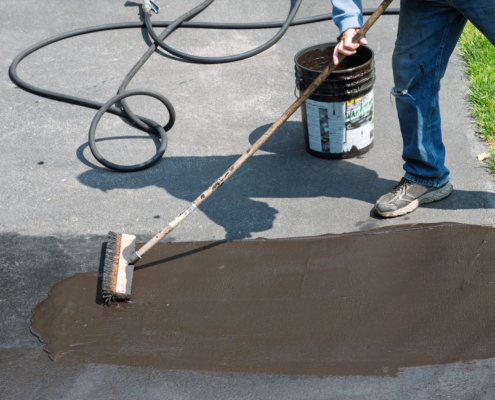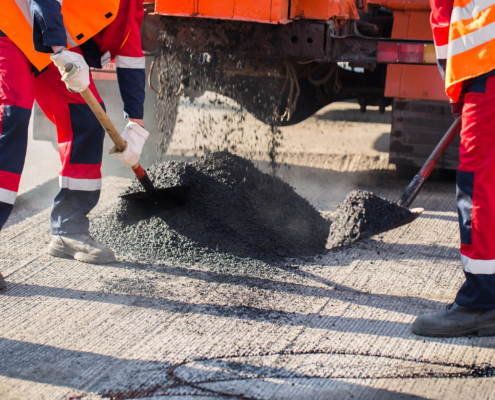Although resurfacing pavement can address many cosmetic and superficial problems, there are times when a total rebuild is the only path to lasting improvement. This usually applies if your asphalt has deep cracks, widespread potholes, or foundational problems like serious drainage failures. In these cases, trying to patch or resurface the surface might provide only a short-term fix, and you could end up needing another major overhaul sooner rather than later.
A full replacement, or repaving, removes all or most of the existing asphalt. In many instances, workers will also repair or rebuild portions of the base layers, ensuring that the new pavement lies on a stable foundation. While this can be more of an upfront investment, the advantage is that it addresses root causes—like water infiltration, a poorly compacted base, or severe aging of the asphalt. Once the old surface is peeled away, you’re effectively starting fresh, which means the finished product can last 20 to 30 years with proper care.
Replacement is especially critical if your asphalt is more than 20 to 25 years old and has never undergone major rehabilitation. It also becomes necessary if you see multiple large cracks that extend well into the sub-base or if the pavement is riddled with potholes and depressions that keep reappearing, no matter how often they’re patched. Another situation that justifies a full rebuild is when drainage issues are so extensive that they can’t be corrected by minor adjustments to the surface.
Of course, replacement takes longer and may require more of a budget, but it gives you a clean slate. You’ll not only get a smoother, sturdier top layer but also the peace of mind that comes from knowing the substructure has been properly repaired or replaced.

